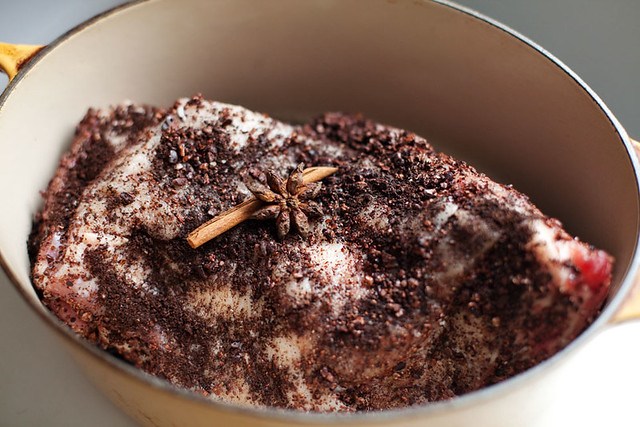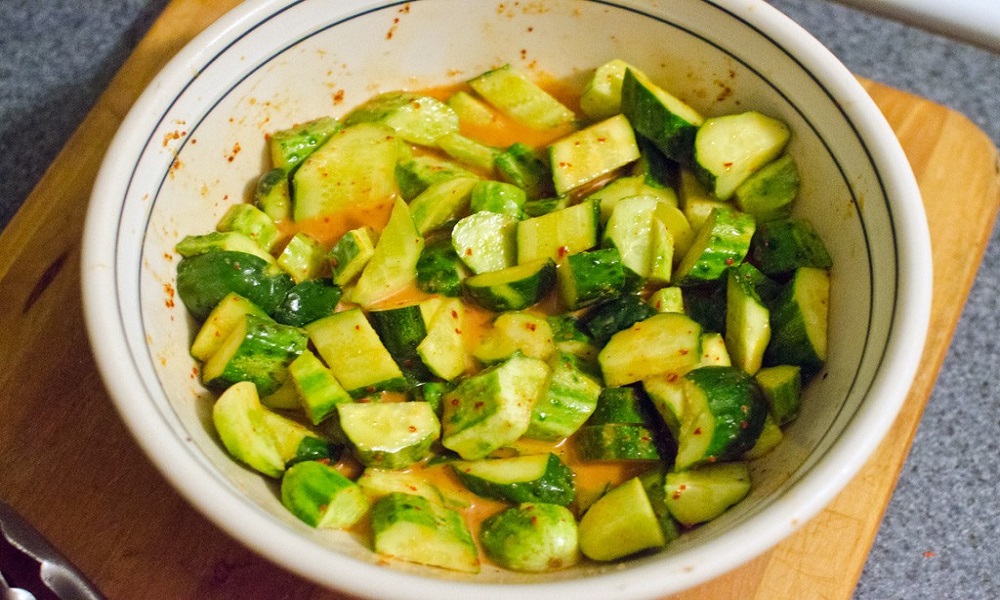Navigating seafood choices after 65 feels like reading a tide chart in a foreign language. Your body craves the ocean’s nutritional gifts – omega-3s for your heart, zinc for immunity, compounds that ease creaking joints. Yet some underwater options arrive with baggage: hidden sodium bombs, cholesterol overloads, toxins that accumulate like sediment. The trick isn’t avoiding the sea entirely, but learning which catches deserve your plate and which should swim away.
Seafood to Approach with Caution
8. Calamari Rings: The Cholesterol Trap with a Chewy Catch
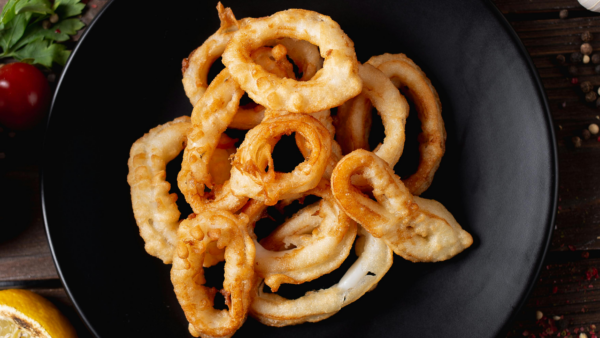
That plate of calamari rings packs 198-233 mg of cholesterol per three-ounce serving – nearly your entire daily allowance if you’re watching heart health. The American Heart Association notes that seniors need stricter cholesterol monitoring as metabolism shifts gears. The rubbery texture creates another concern. Squid’s chewy resistance can pose choking risks for anyone with swallowing difficulties. Consider cod or flounder instead – they deliver ocean satisfaction without the cardiovascular drama.
7. Imitation Crab: The Sodium Masquerader

That innocent California roll harbors 500-700+ mg of sodium in its fake crab filling. Made from processed pollock, starches, and preservatives, imitation crab mimics the real thing while delivering none of its nutritional benefits.
Skip the impostor and choose real crab meat in smaller portions. Mix flaked white fish with Old Bay seasoning and lemon for a fresh alternative that won’t ambush your blood pressure.
6. Scallops: Nature’s Little Toxin Collectors

Scallops filter water like tiny ocean vacuum cleaners, potentially concentrating environmental toxins and heavy metals. Their high purine content can trigger gout flares – a condition affecting 8.3 million Americans over 65.
When you do indulge, pair scallops with antioxidant-rich vegetables like roasted red peppers or spinach. These companions help counteract potential toxins while adding color to your plate.
5. Shrimp: The Antibiotic Concern
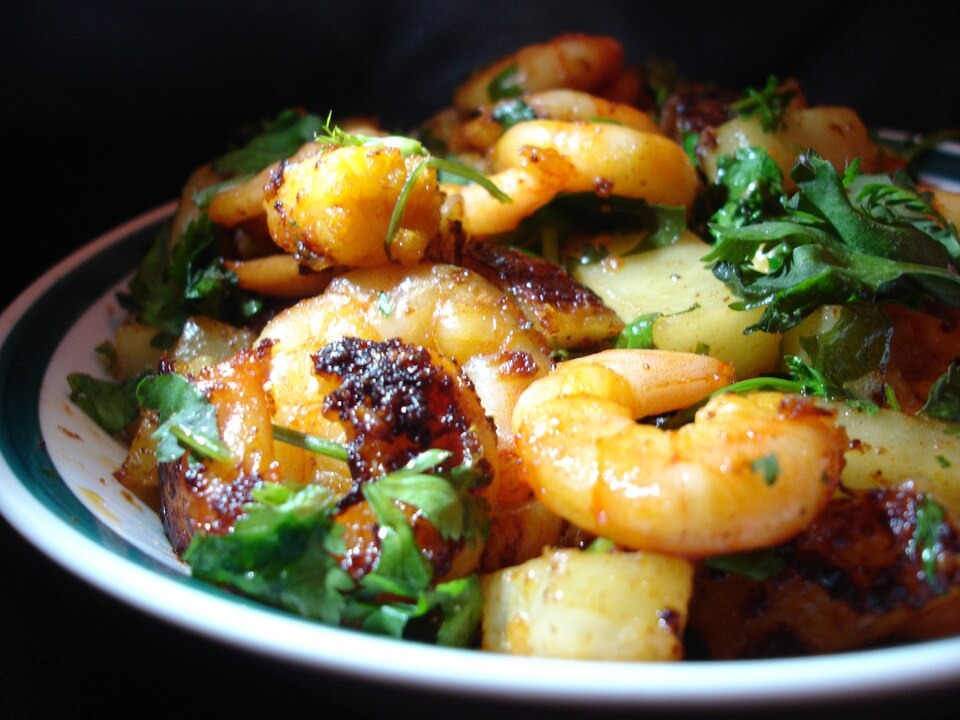
Farm-raised shrimp often carry antibiotic residues and cleaning chemicals. A 2018 Consumer Reports study found detectable antibiotic traces in 11% of imported shrimp samples – concerning for seniors taking multiple medications.
Choose wild-caught domestic shrimp when possible, or substitute with sustainable white fish that delivers similar texture without the pharmaceutical baggage.
Seafood Worth Celebrating
4. Sea Cucumber: The Joint Rejuvenator
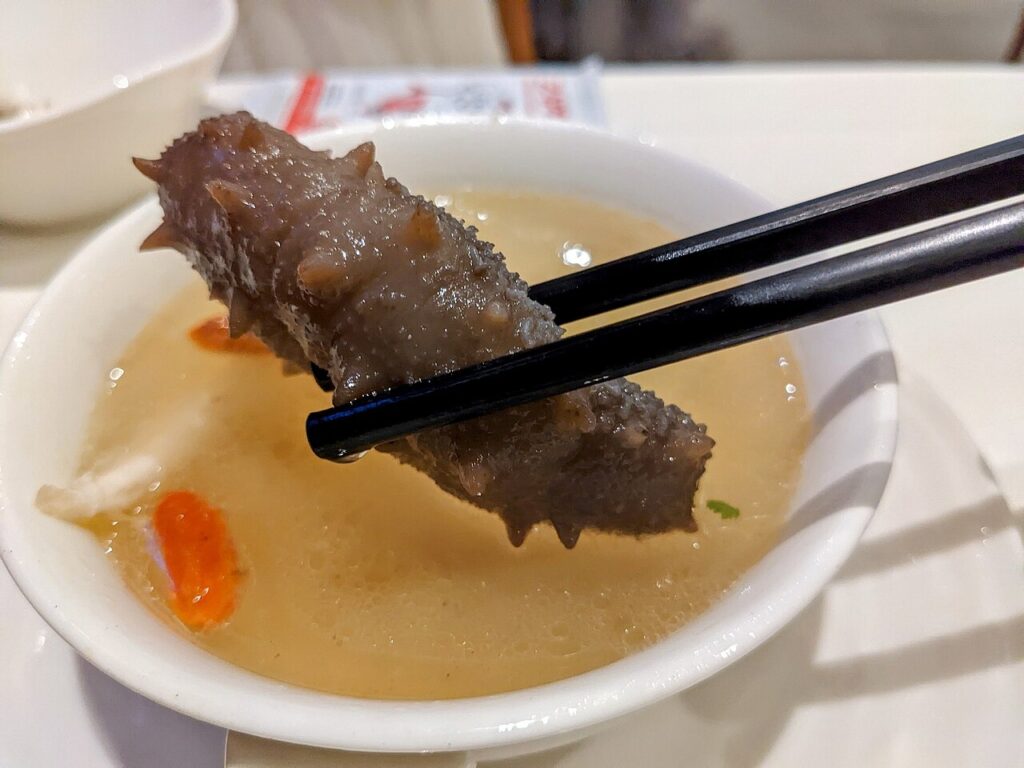
This oddly-named ocean dweller works like a specialized repair crew for your joints. Sea cucumber extract provides chondroitin sulfate, supporting cartilage health – crucial for the 49% of adults over 65 experiencing arthritis symptoms. Research suggests its compounds reduce inflammation and improve mobility.
Soak dried sea cucumber overnight, then add to stir-fries or soups. Its mild flavor absorbs surrounding ingredients while delivering therapeutic benefits that ease stiffness better than most medicine cabinet remedies.
3. Green-Lipped Mussels: The Inflammation Fighters
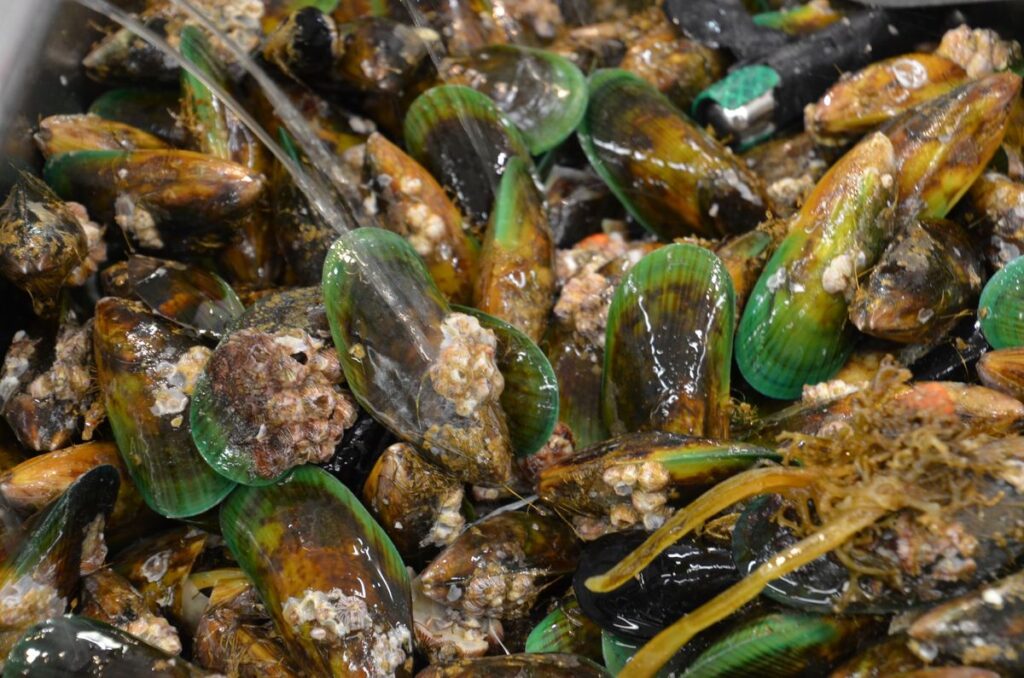
These New Zealand natives function like precision-targeted maintenance teams for your body’s inflammatory response. Their unique omega-3 fatty acids specifically target joint inflammation, and clinical research shows their effectiveness rivals some over-the-counter anti-inflammatory medications without the digestive side effects.
Steam them with garlic and white wine for a restaurant-worthy meal, or consider supplement forms if shellfish isn’t your preference. Either way, your joints will thank you.
2. Oysters: The Zinc Powerhouse
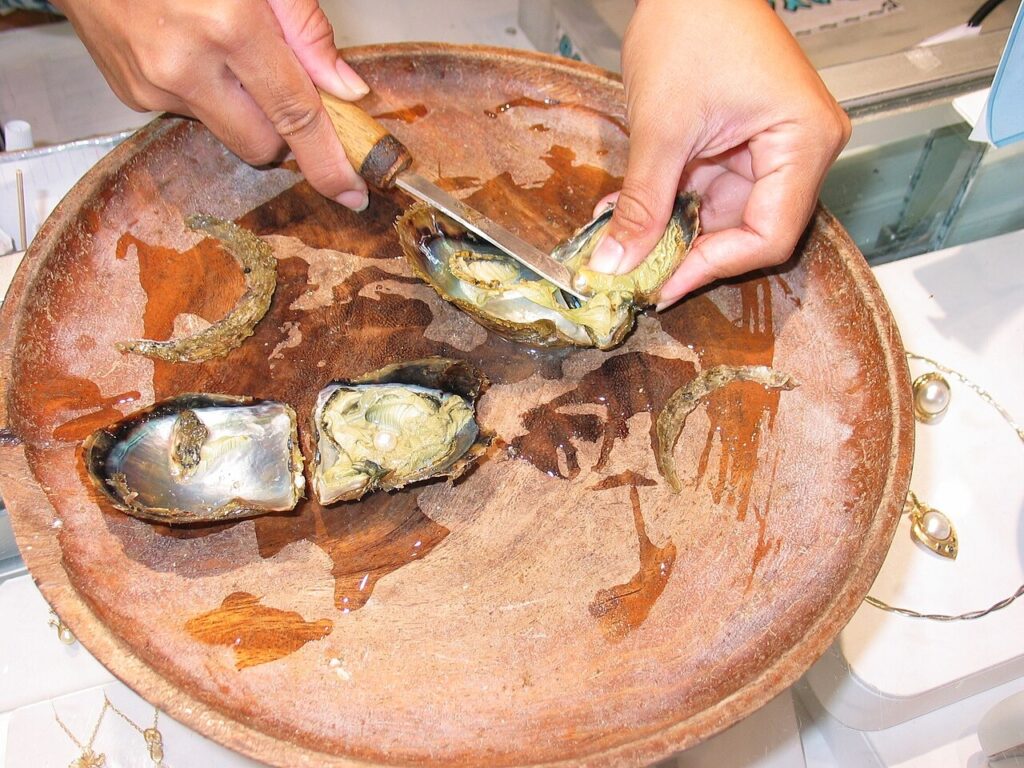
Six medium oysters deliver over 500% of your daily zinc needs – a mineral critical for immune function that many seniors lack. Research from the National Institute on Aging links proper zinc levels to faster wound healing and reduced infection risk in adults over 70.
Lightly steam oysters to reduce pathogen concerns while preserving their nutritional profile. The cooking process transforms them from ocean mysteries into immune-boosting allies.
1. Sea Moss: The Thyroid Supporter
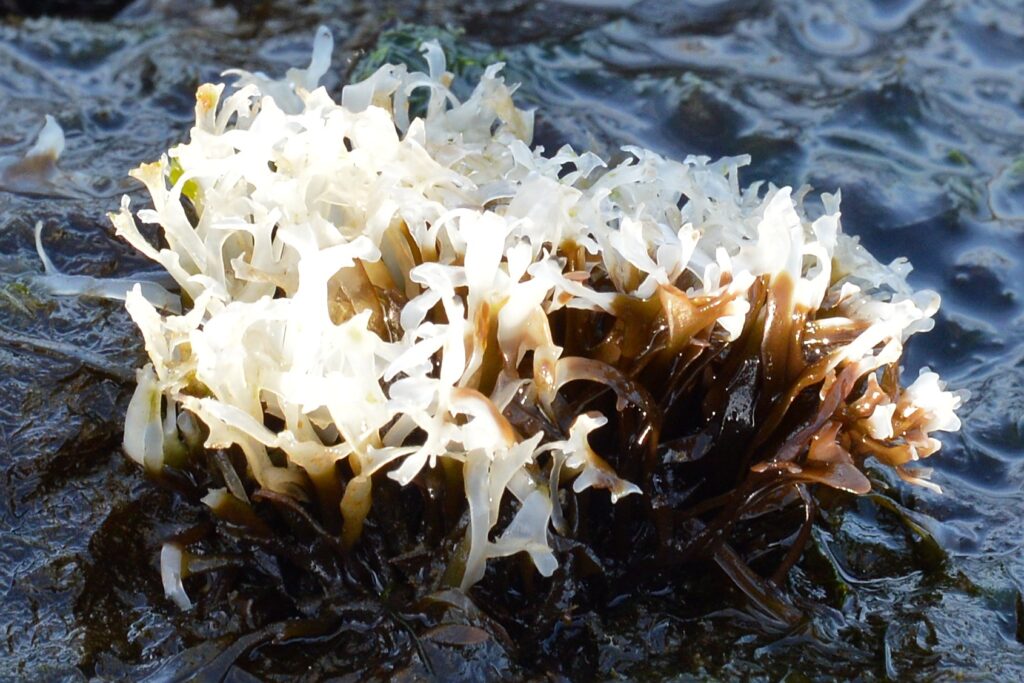
This red algae contains natural iodine supporting thyroid function as metabolism naturally slows with age. Its mineral content may improve digestive health and reduce respiratory mucus congestion.
Add rehydrated, blended sea moss to smoothies or soups for an undetectable nutritional boost. Choose dried varieties from reputable sources that test for contaminants – because learning to read this oceanic tide chart means your body finally gets the navigation tools it deserves.

















